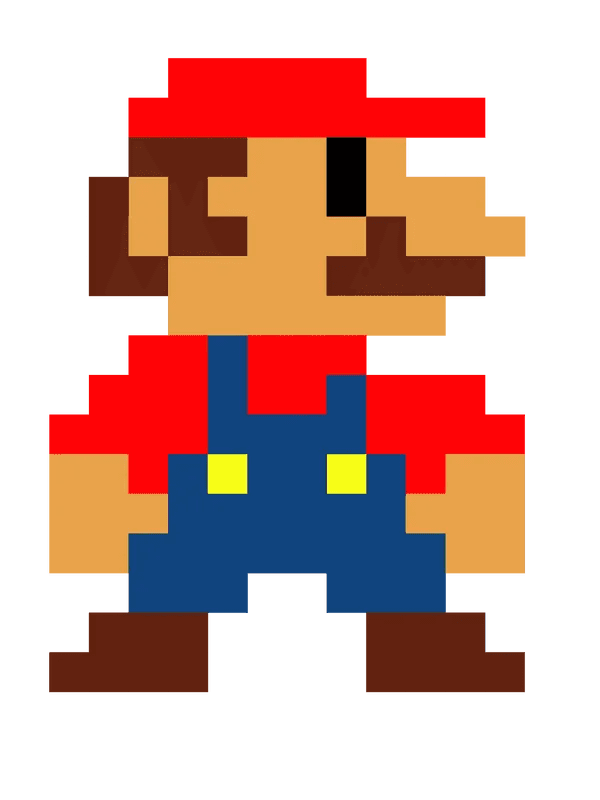What does a brick want to be?
May '25
"What does a brick want?" is not a literal question, but a philosophical inquiry posed by architect Louis Kahn to express his deep commitment to material honesty and architectural integrity. The brick, in Kahn's formulation, becomes a symbol of material essence and purpose. Asking what a brick wants is a way of asking how architecture can arise from respecting the nature of materials rather than imposing arbitrary forms upon them.
For Kahn, materials have intrinsic properties and a kind of silent wisdom. The brick, humble and ancient, "wants to be an arch" because that form allows it to express its strength in compression, to work in harmony with gravity and structure. This is not about anthropomorphising materials but about understanding and honouring their capabilities and limitations. When one asks what a brick wants, one is also asking what form, placement, or system will allow the brick to fulfil its potential with dignity and coherence.
This philosophy stands in opposition to superficial design or purely functionalist approaches. It insists that architecture should grow out of the nature of its materials rather than being imposed from the outside. The idea leads to designs where every element is intentional, necessary, and expressive of its material truth. Thus, Kahn's question is less about construction and more about ethics—a call to listen, to respect, and to create with care.
Ultimately, "what does a brick want?" is an invitation to architects to see building not as manipulation, but as collaboration—with materials, with form, and with time.
Note: I worked with an AI to write this mini-essay.
Further reading:
